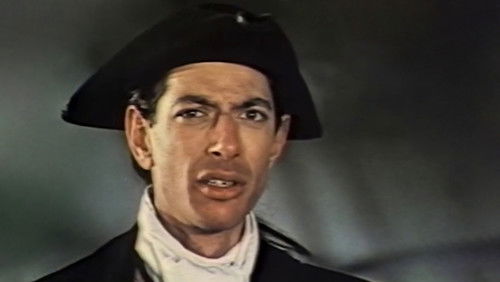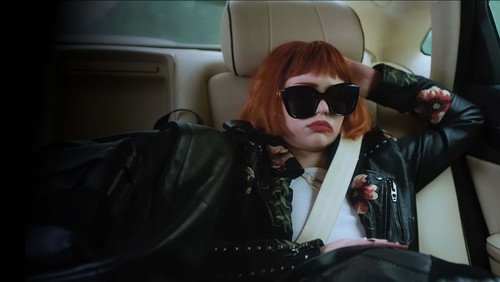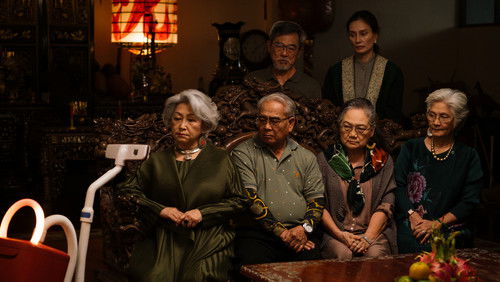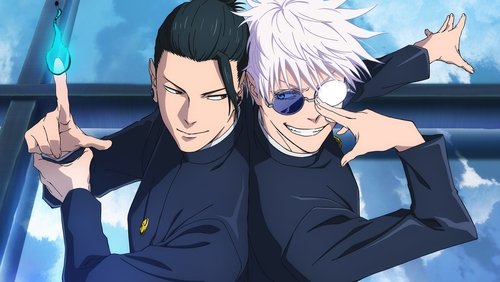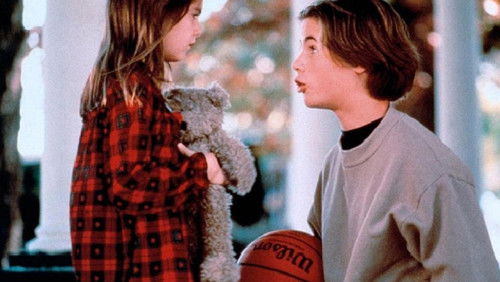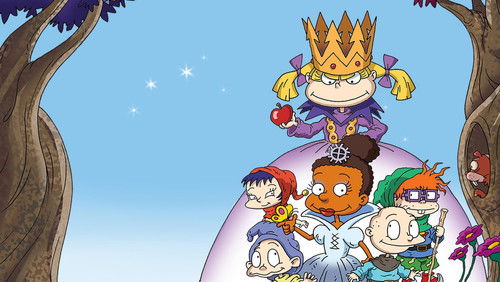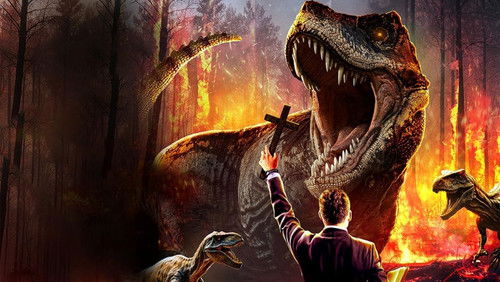Tiger & Dragon (2000)
39KTiger u0026 Dragon: Directed by Ang Lee. With Chow Yun-Fat, Michelle Yeoh, Ziyi Zhang, Chen Chang. A young Chinese warrior steals a sword from a famed swordsman and then escapes into a world of romantic adventure with a mysterious man in the frontier of the nation.
“What people who arenu0026#39;t Chinese and who donu0026#39;t know much about Chinese culture fail to understand, is that the warrior mythology portrayed in films like Crouching Tiger, Hidden Dragon and Hero has its roots in a particular genre of fiction that has been around much longer than television or film.u003cbr/u003eu003cbr/u003eHaving grown up reading a bunch of these stories of epic fantasy, I remember being surprised when I went to watch CTHD in the theaters, and saw the audience break out in laughter at the flying stunts. I suppose the concept probably does seem ridiculous to foreigners.u003cbr/u003eu003cbr/u003eThe whole deal with the flying is this:u003cbr/u003eu003cbr/u003eIn the stories, the world of u0026quot;Giang Huu0026quot; mentioned in CTHD is the unconventional part of society in which the characters that practice high transcendent martial arts exist. u0026quot;Giang Huu0026quot; literally translates to something like u0026quot;lakes and riversu0026quot;, which kind of is a cultural allusion to the fact that most of these people wander a whole lot participating in great duels of swordsmanship and all kinds of tragic drama.u003cbr/u003eu003cbr/u003eOne of the forms of transcendent martial arts is u0026quot;chin guonu0026quot;, which translates to something like u0026quot;the art of lightnessu0026quot;. Itu0026#39;s a skill that these warrior folk develop from a young age using various methods that make it so they can move as if they were light as a feather. I think the idea is that theyu0026#39;re trained so that they progressively have less and less of a perception of their own weight, and thus they can run up walls and fly across rooftops in style. u003cbr/u003eu003cbr/u003eThereu0026#39;s another type of martial art which involves transmitting u0026quot;chiu0026quot; (spiritual essence or whatever you want to call it) through your hands or fingertips and into the pressure points of others, either doing them harm, rendering them unable to move, or restoring some of their strength. u003cbr/u003eu003cbr/u003eIf you donu0026#39;t understand that itu0026#39;s another cultureu0026#39;s fiction/mythology and canu0026#39;t get over that it defies known physics and medicine etc., well, too bad.u003cbr/u003eu003cbr/u003eAt the same time, look at acupuncture. Millions swear by the benefits of acupuncture. Hell, my father had a stroke that paralyzed half his face and went to four separate doctors. They couldnu0026#39;t do a damn thing. He then went to an acupuncturist and after two sessions the paralysis was gone. Conventional medicine still has no idea how acupuncture could possibly work, yet a lot of doctors will accept it as a viable option. Who the hell knows, maybe once upon a time in China people could fly.u003cbr/u003eu003cbr/u003eI find Chinese warrior mythology pretty interesting, and the problem is that these novels do not translate well. Iu0026#39;m not sure if anyone has ever tried. A lot of what goes on in them has a lot of cultural relevance and wouldnu0026#39;t be readily understood by certain people who have Western sensibilities. Hong Kong and Taiwan have for a couple of decades produced a lot of television shows that portray these stories, but theyu0026#39;re mostly pretty cheesy like American soap operas.u003cbr/u003eu003cbr/u003eWhich is why CTHD is semi-important as a film. Itu0026#39;s the first film to expose a lot Americans to this facet of Chinese mythology, and I hope itu0026#39;s not the last.”
